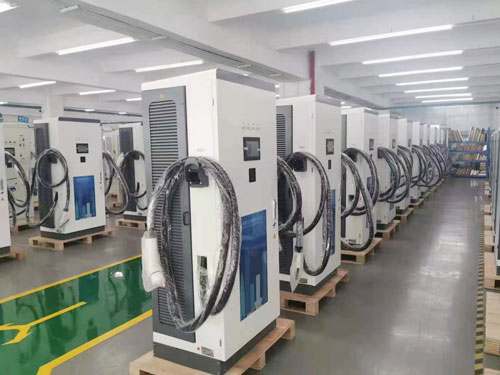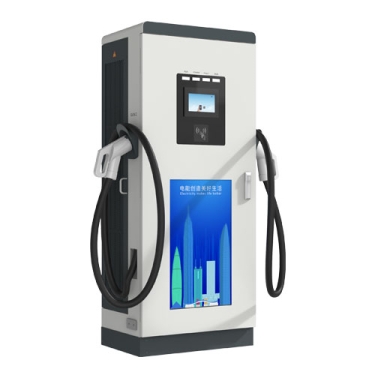- Visitors:0 Views
- Time:2023-12-18
ev charger architecture
What is the ev charger architecture? As a device for charging electric vehicles, ev chargers usually consist of the following parts:
1. Charging interface: The charging interface is the physical interface that connects the charger and the electric vehicle and is used to transmit power and control signals. The charging interface usually uses international standard plugs and sockets, such as the European standard Type 2 plug, the American standard SAE J1772 plug, etc.
2. Charge controller: The charge controller is a key component in the electric vehicle charger and is responsible for controlling and monitoring the charging process. It adjusts parameters such as charging current, voltage and charging time according to electric vehicles and charging needs, and monitors the status and charging process of electric vehicles in real time.
3. Charger host: The electric vehicle charger host is the core part of the charger, including charge controller, power conversion module, communication module, safety protection module, etc. The host is generally installed inside the electric vehicle charger and is responsible for controlling the charging process, managing energy measurement and billing and other functions.
4. Power supply: Electric vehicle chargers need to be connected to the power supply to supply the power required for the charging process. The power supply of electric vehicle chargers generally uses AC power, which is converted into DC power suitable for charging electric vehicles through transformer step-down, rectification, filtering and other processes.
5. Control panel: The control panel is the interface for users to interact with the electric vehicle charger, providing operation buttons, display screens, etc. Users can select the charging mode, start charging, set parameters, etc. through the control panel.
6. Communication module: The communication module is used to communicate with electric vehicles and transmit control signals, charging parameters, status information, etc. The communication method can be power line communication (PLC) or wireless communication, such as Wi-Fi, Bluetooth, etc.
7. Safety protection module: The safety protection module is used to protect the safety of chargers and electric vehicles. It integrates over-current protection, over-voltage protection, over-temperature protection, short-circuit protection and other functions, and will automatically interrupt the charging process when abnormal conditions are detected.
8. Electric energy measurement and billing module: The electric energy measurement and billing module is used to accurately measure the electric energy consumption during the charging process and settle fees according to billing standards. It usually includes energy meters, billing units and related data processing modules.
The above are the structural components of an electric vehicle charger. Electric vehicle chargers of different models and manufacturers may have some differences, but overall they include these basic components to realize the charging function of electric vehicles.

If you want to know more about "ev charger architecture", you can directly consult the electric vehicle charger manufacturer - Shenzhen Hongjiali New Energy Co., Ltd. online or by email (sales@hjlcharger.com).
Recommended Reading
- Hongjiali EV Asia 2024 Exhibition Concluded Succes...2024-07-09
Hongjiali EV Asia 2024 Exhibition Concluded Succes...
- 2025 Spring Festival Holiday Notice2025-01-23
The Spring Festival is approaching. In order to le...
- Green journey, innovative leadership: Hongjiali EV...2025-04-10
On March 27, the three-day 2025 American New Energ...
- Are Electric Cars Really Zero Emissions Vehicles?2023-05-26
Are Electric Cars Really Zero
- custom or standard china wholesale app ev charger2025-01-20
In China, the wholesale business of ev chargers co...
- Is EV charging cheaper than gas2023-08-24
Is EV charging cheaper than ga
- Which EV cars use CHAdeMO2025-01-13
Which EV cars use CHAdeMO? CHAdeMO is an electric ...
- types of ev charging stations2024-03-26
Types of ev charging stations
- What is the best EV charging network in the UK?2025-04-11
Do you pay for electric charging stations in the U...
Hot Products
-
public charging
The leader in electric vehicle (EV) char
Get last price
-
battery station for two-w...
Product numberMHL04A-DCMHL08A-DCMHL12A-D
Get last price
-
level 2 charger
Level 2 chargers charge 5 to 7 times fas
Get last price
-
bidirectional charger
A bidirectional charger is an advanced c
Get last price



